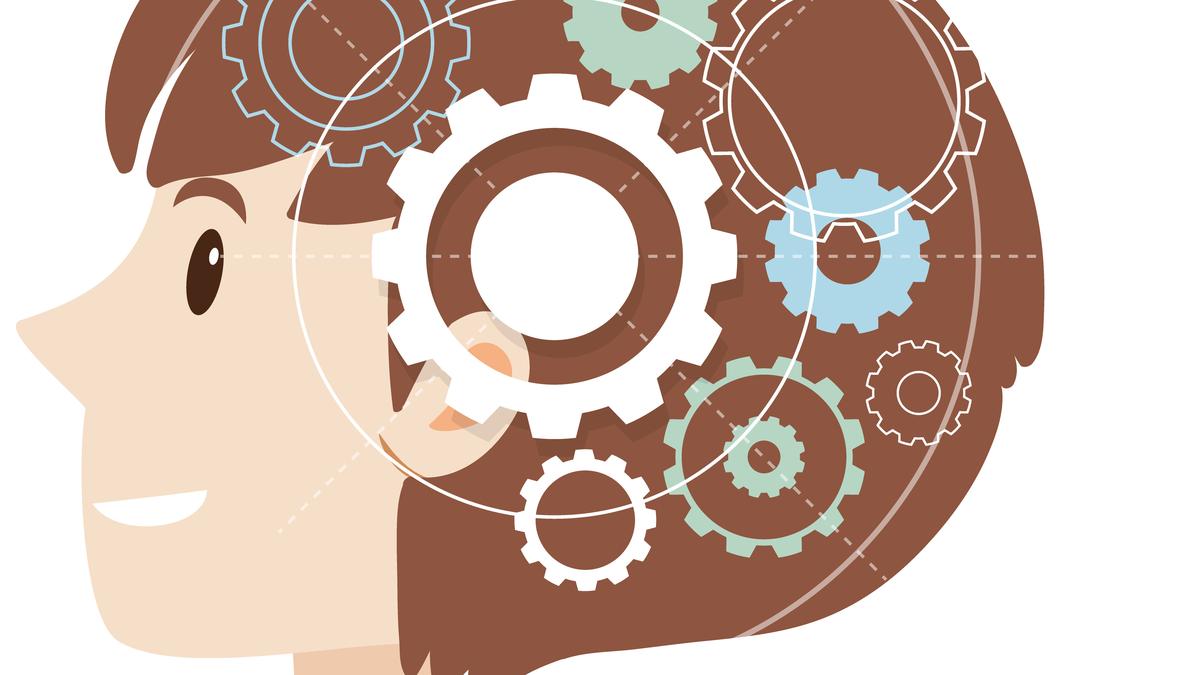Unlocking the mind: Understanding memory to enhance learning

Unlocking the mind: Understanding memory to enhance learning
From cherished family moments to critical academic concepts, memory shapes who we are and what we can become. At its core, memory is what enables us to truly live. As we grow, we’re like blank canvases, absorbing knowledge that shapes our future. Learning is a lifelong journey, but how do we effectively process and retain so much information, and keep it organized in our minds? This is where memory comes in—a fascinating dual-process system, as explained by a Harvard study.
Memory is a dual-process system
Memory is the cornerstone of learning, allowing us to retain and recall information over time. It plays a key role in how we learn and act, operating as a dual-process system:
Both systems work together. For instance, mastering foundational knowledge (System 1) is essential for effective analytical thinking (System 2).
By understanding these two systems, teachers can optimize learning strategies:
System 1: Building the foundation
System 2: Cultivating higher-order thinking
Balancing both systems
A balanced approach is crucial:
How Memory Works: Three key processes
Memory is the process of retaining and recalling information over time, forming the foundation of how we understand the world and learn. It consists of three main processes:
1. Encoding: This is how we take in and process information. It can happen through
Encoding prepares information for storage.
2. Storage: This refers to retaining encoded information.
3. Retrieval: This is how we access stored information.
The challenge of forgetting
One of the biggest challenges in learning and memory is the natural tendency to forget information over time. This phenomenon is often illustrated by the Ebbinghaus Forgetting Curve, which shows a rapid decline in memory retention shortly after learning, followed by a more gradual decay.
1. The testing effect:
Example: Quick quizzes at the end of lessons to reinforce learning.
2. Spacing effect:
Example: Teaching a topic in segments across multiple lessons.
3. Interleaving technique:
Example: Combining problems from different math topics in one session.
Understanding and applying effective memory techniques can empower students to improve their recall and learning outcomes. Here are four proven strategies that students can use:
State-dependent memory
Schemas
Chunking
Deliberate Practice
By integrating these techniques into their study routines, students can enhance their ability to retain and retrieve information effectively.










